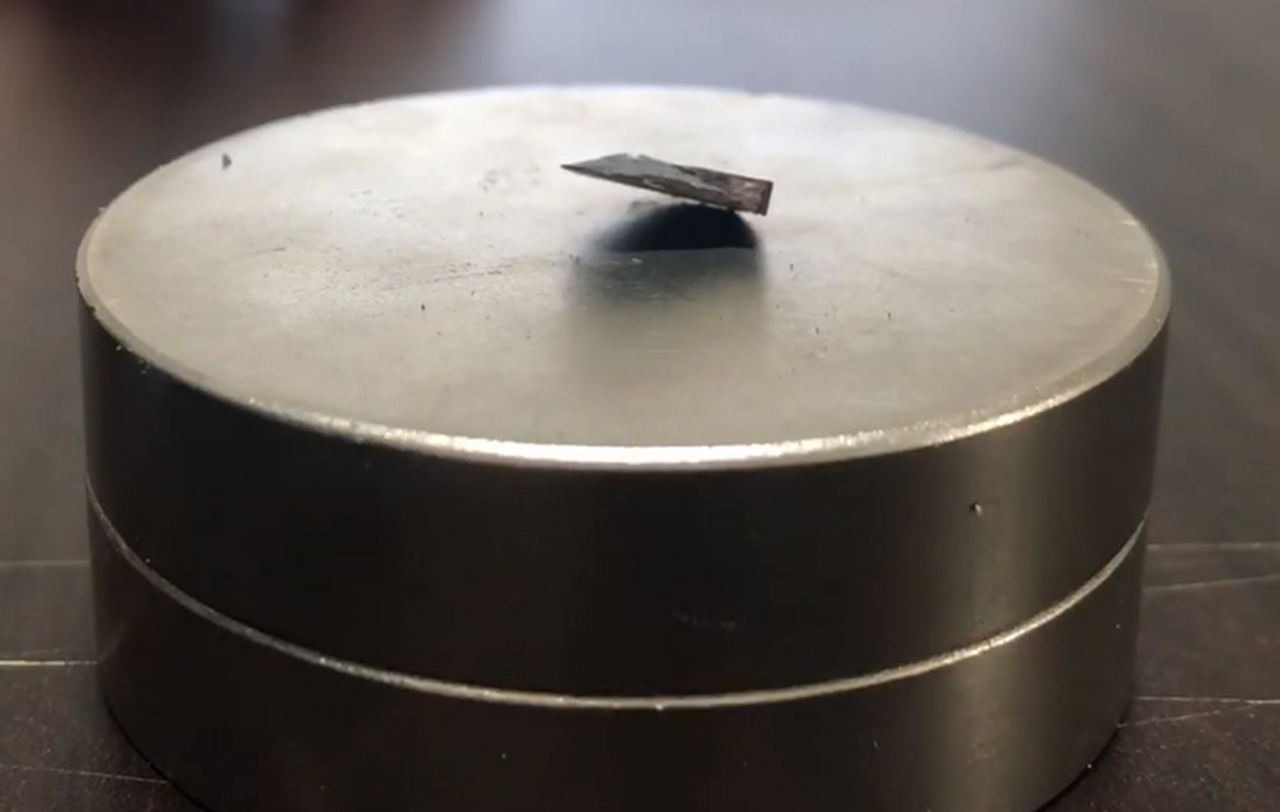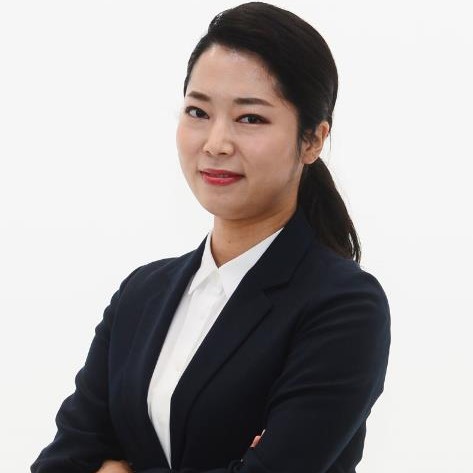[KH explains] LK-99: Roller coaster of excitement, deflation
Two weeks after superconductor claims, no one successfully replicates buzzworthy result; disputes in research team likely led to early hype
By Byun Hye-jinPublished : Aug. 7, 2023 - 15:36

A South Korean research team recently created a buzz with a claim that it has created one of the holy grails in science -- a room-temperature superconductor called LK-99 – prompting researchers around the world into a race to replicate the experiment. Two weeks after their claimed discovery, no one has yet been able to completely reproduce the sensational result that could revolutionize power grids.
Amid the mixed assessment on the research's validity, the Korean team, led by Lee Suk-bae, CEO of the Seoul-based startup Quantum Energy Research Centre, said Thursday it would disclose additional research data through the open-access preprint repository arXiv in a month. Scientists usually upload research onto arXiv before publication in traditional peer-reviewed journals, which is often considered the gold standard for scientific credibility.
In a separate interview with local news outlet SBS aired Saturday, one of the Korean researchers, Kim Hyun-tak, a research professor of physics at the College of William and Mary in Virginia, touted the validity of the discovery, claiming that the data proved no electrical resistance -- a key feature of superconductivity.
“(LK-99) showed 5,450 times stronger level of zero electrical resistance than sample materials better than graphite. It also exhibited 23 times better zero resistance compared to low-quality samples,” said Kim during the interview. “These results cannot be explained other than superconductivity.”
But Kim admitted that the research is incomplete because the superconductor pellet was levitating in a tilted position during the experiment, which means it is not a stable levitation -- the vertical distances of the tips of the pellet from the bottom are not the same.
On July 22, Lee, the first author of the research, said on arXiv that LK-99 exhibited the Meissner Effect -- when there is no electrical resistance and the expulsion of a magnetic field -- at ambient pressure and temperatures above 127 degrees Celsius. Thus far, scientists have identified superconducting materials that only exhibit zero electrical resistance at extremely cold temperatures and mostly at ultrahigh pressure.
Industry watchers say the recent groundbreaking discovery, if realized, could revolutionize the electric power grid in real life because the superconductor can transport electricity without losing energy due to zero resistance. It could significantly improve the energy efficiency of electronic devices and transportation.
Researchers worldwide have made efforts to replicate the results, but so far none have theoretically and experimentally confirmed the zero electrical resistance of the superconductor.
On Aug. 1, a research team at China’s Huazhong University of Science and Technology announced it has synthesized an LK-99 sample and proved its Meissner Effect. But the footage released by the researchers only showed the sample partially levitating with one side of it stuck to the bottom where a magnet is brought near the superconductor. The team admitted that it needs to carry out additional experiments to verify whether the sample truly has zero electrical resistance.
On July 31, Sinead Griffin, a researcher at Lawrence Berkeley National Laboratory in California, released a research paper that showed a theoretical analysis of the LK-99 research, creating hype online. However, she later said on the social media platform X that the paper did not prove nor give evidence of superconductivity.
The Korean Society of Superconductivity and Cryogenics also cast doubt on the findings, saying that based on the analysis of the research paper and film shared by the research team, "LK-99 cannot be considered as a room-temperature superconductor.”
The KSSC said it will receive the superconductor sample from the Quantum Energy Research Centre in two to four weeks, and replicate the results which are expected to take more than two weeks.
Experts say the Korean team might have been hasty with making the research public before carrying out a thorough verification process.
“There are a lot of hurdles for the superconductor to be truly a groundbreaking discovery. The researchers should especially work on theoretically proving that the research is valid because it is based on a minor theory of superconductivity,” said Kim Sung-soo, a senior researcher at the carbon composite materials research center at the Korea Institute of Science and Technology.
The Korean team claimed to have carried out superconductor research for more than 20 years based on a theory by the late Choi Dong-sik, a former honorary professor at Korea University, who had pushed for a superconductivity theory using statistical mechanics in the 1990s.
“Also, judging by the fact that many of the research groups have yielded different replication results using the experiment recipe provided by the team, it needs to improve the validity of the experiment,” said Kim, who was not involved in the research.
One source familiar with the matter suggested that dispute among the team would likely have resulted in the superconductor research being released too early before it was backed by compelling evidence.
“If you look at the two papers (on the LK-99) uploaded on arXiv, the names in the co-author list are not the same. They also don’t take a similar approach in explaining the results,” the source said on condition of anonymity.
The first paper was submitted by Kwon Young-wan on July 22, naming Lee Suk-bae and Kim Ji-hoon as the first and second authors. On the same day, a second post was uploaded by Lee, leaving out Kwon’s name among the five co-authors. Lee claimed that Kwon disclosed the research without his consent.
The source, referring to the two separate uploads, added that Kwon might have hoped to win the Nobel Prize because it cannot be divided between more than three people, and that the world’s most prestigious award could go to those who first presented the discovery.
In 2020, Ranga Dias, a professor in the physics and mechanical engineering departments at the University of Rochester in New York, published a paper in Nature on developing a room-temperature superconductor. It was later retracted after a group of physicists raised questions about data processing and analysis.




















